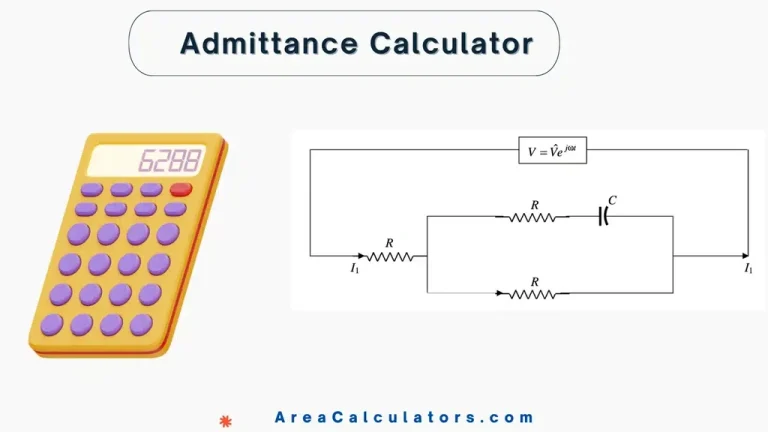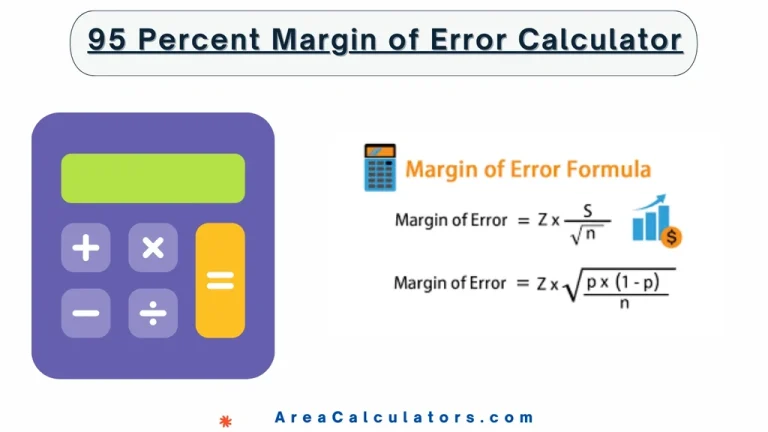De Moivre’s Theorem Calculator
Use De Moivre’s Theorem to compute powers or roots of complex numbers by manipulating their magnitude and angle.
The De Moivre’s Theorem Calculator is a valuable tool for working with complex numbers in polar form. It allows you to easily calculate powers and roots, which are common operations in advanced mathematics and engineering.
By breaking complex operations into simple steps involving magnitude and angles, this calculator simplifies the process, making it accessible and efficient for practical applications.
Formula:
| Variable | Definition | Units/Description |
|---|---|---|
| Complex number | ||
| Magnitude of the complex number | Real value | |
| Argument (angle) in radians | Radians | |
| Power or root index | Integer |
Solved Calculations:
Example 1: Find for
| Step | Value | Explanation |
|---|---|---|
| Magnitude () | Given | |
| Angle () | Given in radians | |
| Power () | Required | |
| New Magnitude () | Raise magnitude to the power | |
| New Angle () | Multiply angle by n | |
| Resulting | Polar form |
Example 2: Find the 4th roots of
| Step | Value | Explanation |
|---|---|---|
| Magnitude () | Given | |
| Angle () | Given in radians | |
| Root Index () | Required | |
| New Magnitude () | Take the nth root of magnitude | |
| New Angles () | , | Divide angle and adjust for each root |
| Resulting Roots | Four values in polar form | Roots distributed evenly on the circle |
What is the De Moivre’s Theorem Calculator?
The De Moivre’s Theorem Calculator is an advanced tool. It is specifically designed to perform calculations involving the powers and roots of complex numbers using De Moivre’s Theorem.
This theorem simplifies operations on complex numbers in polar form, making it particularly useful for students, engineers, and mathematicians working with trigonometric and exponential functions.
The calculator requires the complex number’s polar representation (magnitude and angle) as input. It then computes results such as raising the number to a given power or finding its roots.
This saves time and reduces the complexity of manual calculations, ensuring precision in solving problems.
This tool is essential for applications involving electrical engineering, quantum mechanics, and signal processing, where complex numbers are a cornerstone. It is equally beneficial for academic purposes, helping users understand and apply De Moivre’s Theorem effectively.
Final Words
Ultimately, the De Moivre’s Theorem Calculator is an indispensable resource for handling complex number computations with accuracy and ease. Whether used for academic, scientific, or practical applications, it ensures reliable results and simplifies intricate calculations.



